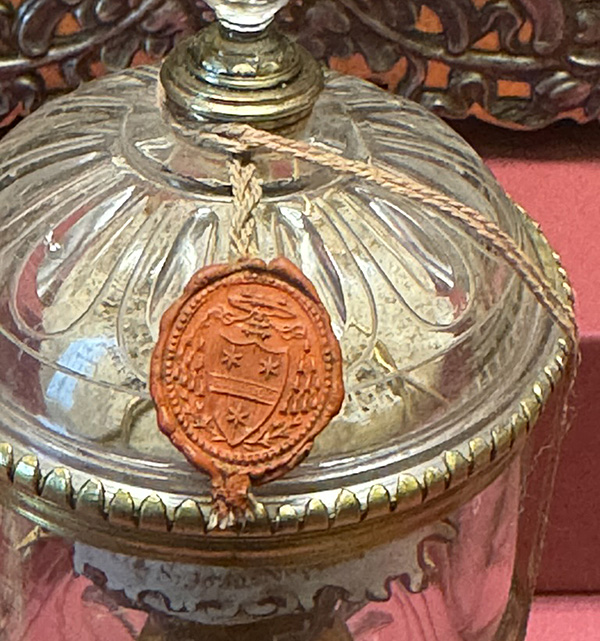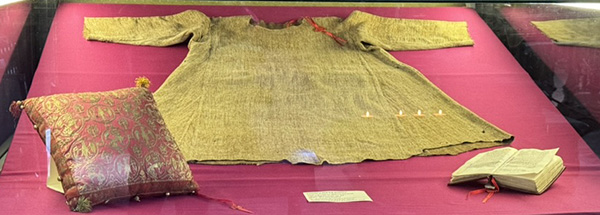
The authentication of relics has been a crucial aspect of Catholic tradition, particularly concerning relics associated with the Passion of Christ, the Blessed Virgin Mary, Christian martyrs, and saints. The Catholic Church, through the Vatican, has developed a rigorous process for verifying the authenticity of these sacred objects to preserve their sanctity and ensure their proper veneration. This essay will explore the historical development of relic authentication, the role of the Vatican in this process, and the significance of these practices within the broader context of Catholic devotion.
Early History of Relic Authentication
The practice of authenticating relics can be traced back to the early Christian Church, where the faithful sought assurance that the objects they venerated were genuinely connected to holy figures. Initially, the authentication process was informal, often relying on the testimonies of witnesses and the traditions of local communities. As the veneration of relics became more widespread, especially during the Middle Ages, the need for a more standardized and authoritative method of authentication grew. This led to the development of protocols and procedures to verify the authenticity of relics, which were often overseen by local bishops.
The Role of the Vatican in Relic Authentication
As the central authority of the Catholic Church, the Vatican has played a pivotal role in the authentication of relics, particularly since the Council of Trent in the 16th century. The Council emphasized the importance of ensuring that relics venerated by the faithful were genuine, leading to the establishment of formal guidelines for the authentication process. The Vatican created the Congregation for the Causes of Saints, which became responsible for overseeing the examination and verification of relics. This body employs a combination of historical research, scientific analysis, and theological examination to determine the authenticity of relics. The Vatican's involvement has helped to maintain the integrity of relic veneration within the Church.

Methods and Criteria for Authentication
The authentication process involves several steps, beginning with thoroughly examining the relic's historical provenance. This includes studying documents, records, and testimonies that trace the relic's history and origins. The Vatican also employs scientific methods, such as carbon dating, DNA analysis, and other forensic techniques, to verify the relic's age and consistency with historical accounts. Additionally, the Church considers the relic's connection to the tradition of veneration within the Christian community. The Vatican's criteria for authentication are rigorous, ensuring that only relics with credible and substantiated histories are recognized as authentic.
Significance of Authentication in Catholic Devotion
The authentication of relics is significant for several reasons. First, it ensures that the faithful can venerate relics with confidence, knowing they are genuinely connected to holy figures or events. This authenticity strengthens the spiritual and devotional value of relics, allowing believers to feel a deeper connection to the divine. Furthermore, the Vatican's role in relic authentication underscores the importance of preserving the Church's traditions and maintaining the integrity of its sacred practices. In a broader sense, the authentication process reflects the Church's commitment to truth and its responsibility to guide the faithful in their spiritual journey.
The history of relic authentication by the Catholic Church, particularly through the Vatican, is a testament to the Church's dedication to preserving the sanctity and authenticity of its sacred objects. From the early informal practices to the rigorous procedures established by the Vatican, the process of relic authentication has evolved to ensure that the veneration of these holy objects remains a meaningful and spiritually enriching practice for the faithful. Through the careful examination of historical evidence and the application of modern scientific techniques, the Vatican continues to uphold the integrity of relic veneration within the Catholic tradition.





 Поменять язык на русский
Поменять язык на русский 